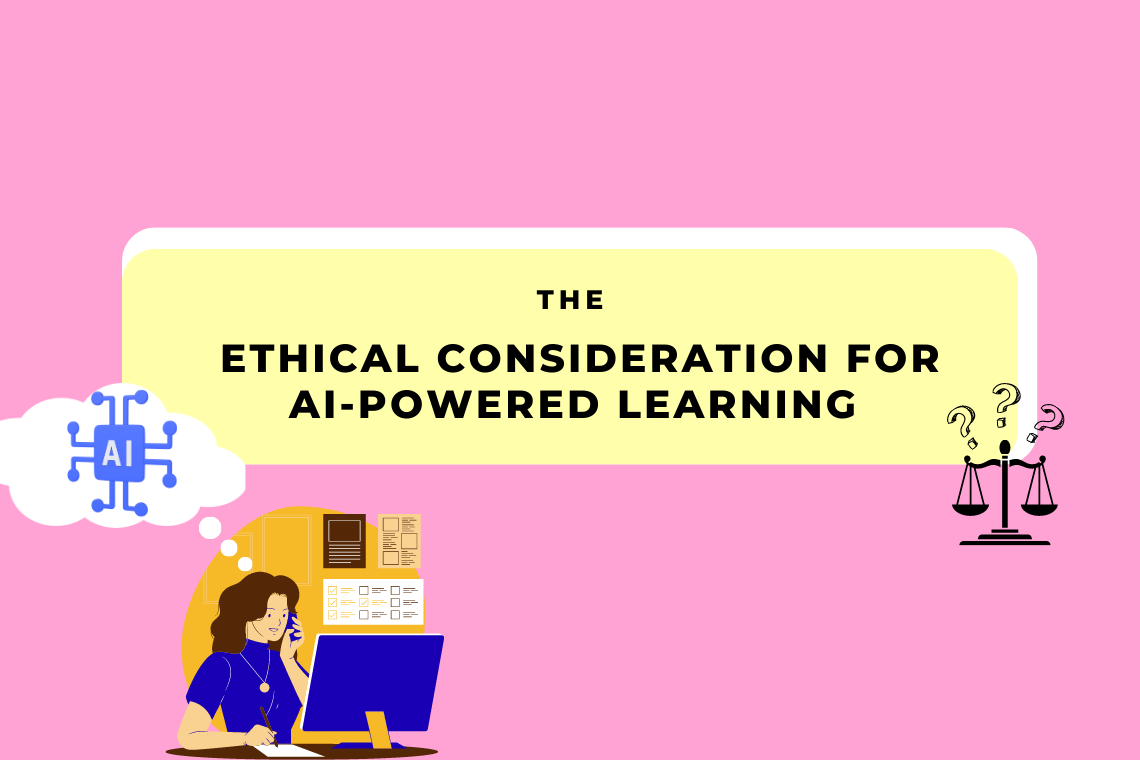 |
submitted by /u/MarkClover [link] [comments] |
Category: Chat
-
DeepAI Says Burning Gays is Sometimes Okay
-
Elevate Customer Engagement with Chatbot Development Services
In today’s digital age, businesses are constantly seeking innovative ways to enhance customer experience and streamline their operations. One solution that has gained tremendous popularity is chatbot development services. Chatbots, powered by artificial intelligence (AI), are revolutionizing customer engagement by providing efficient and personalized interactions. In this blog post, we will explore the benefits of chatbot development services and how they can elevate your business to new heights.
submitted by /u/Beautiful-Ad-7743
[link] [comments] -
Where does bottpress get its information?
Completely new to this.
I want to create a botpress chatbot for resl estate agents that handles all the interections with their clients on Facebook and Whatsapp.
people often ask if the property is available or to see pictures. How can the bot know which property the client is refering to? and how can the bot get the inforation, like know if the property is still available or not? Keeping in mind that new property gets added and removed to the list on a daily bases?
submitted by /u/protect_ya_neck_fam
[link] [comments] -
FAQ Chatbot question
Hi,
I have a question. Is there any open source library or something that I can use to create chatbot app? But I have my full documentation as website. And I need to use that website as answers to my questions. Is there any way to create chatbot without initializing questions for training?
In simple terms is there a way to do some sort of search through the documentation every time user ask question.
submitted by /u/urkisa98
[link] [comments] -
Unveiling the Ethical Considerations for AI-Powered Learning
AI-powered learning has become more of a trend during the past year. Its rise in popularity has driven many educational establishments to enter a common dilemma. Some tutors are still trying to navigate how to promote AI usage within a parameter that will benefit students. However, other tutors are hoping to shut down AI-powered learning altogether. The contrast in the perception of the benefits of AI usage has produced a plethora of questions. This blog will explore the ethical considerations behind using AI-powered learning in education.
Table of Contents
- 1. Algorithim Bias
- 2. AI Hallucination
- 3. Easy Accessibility
- 4. Teacher Role and the Value of their Input
- Conclusion
These are a few of the pitfalls and peaks we must analyse when analysing the ethical considerations regarding AI usage in education.

-
Botpress Knowledge Base Help
Hey guys, I have fed a document into the botpress knowledge base with FAQs for a business. I am trying to make it not answer if it does not know the answer to the question from this document. However, the bot answers on its own from the knowledge base, does anyone know how to fix this? Thank you
submitted by /u/Weary-Pipe5294
[link] [comments]
